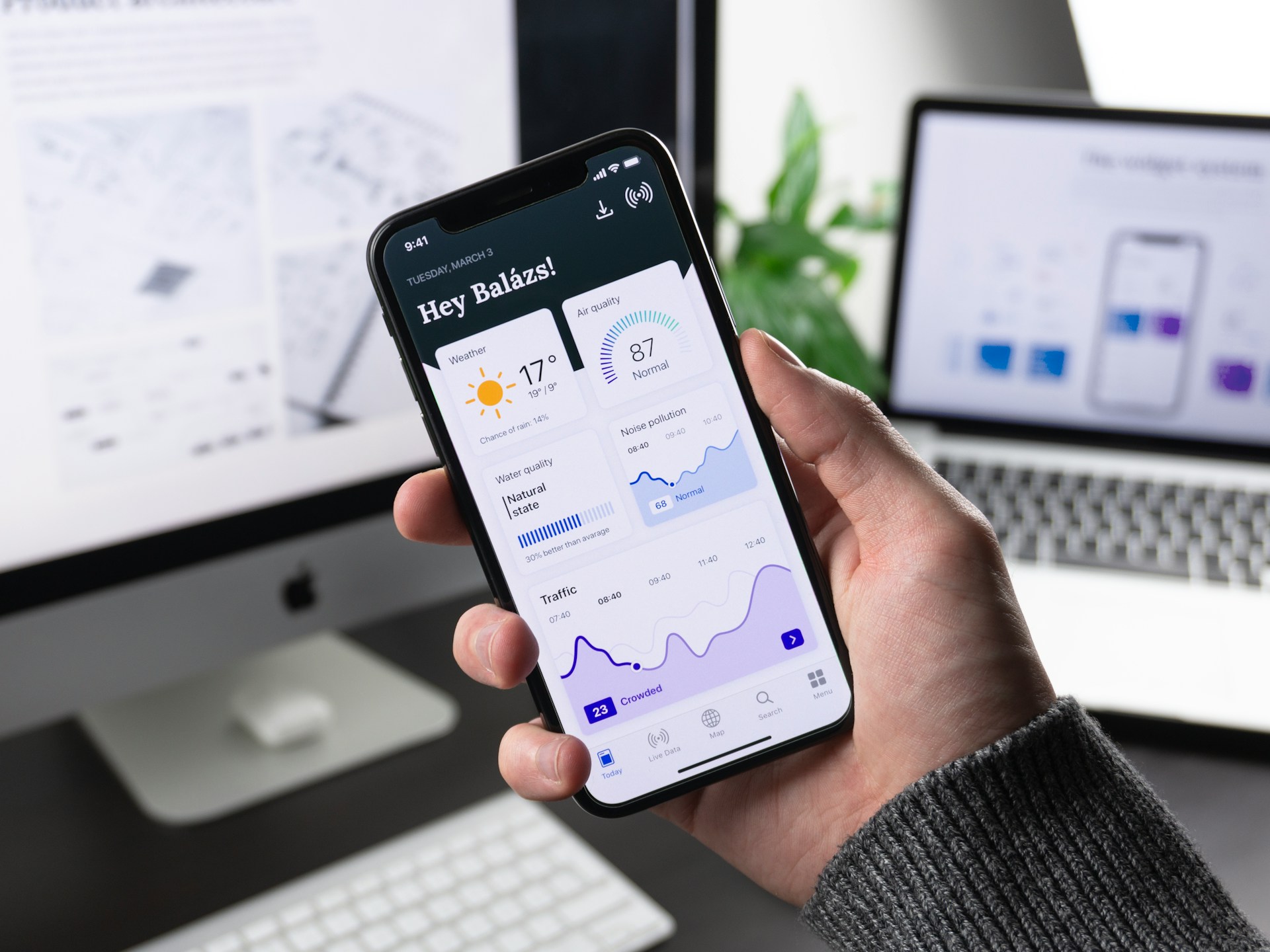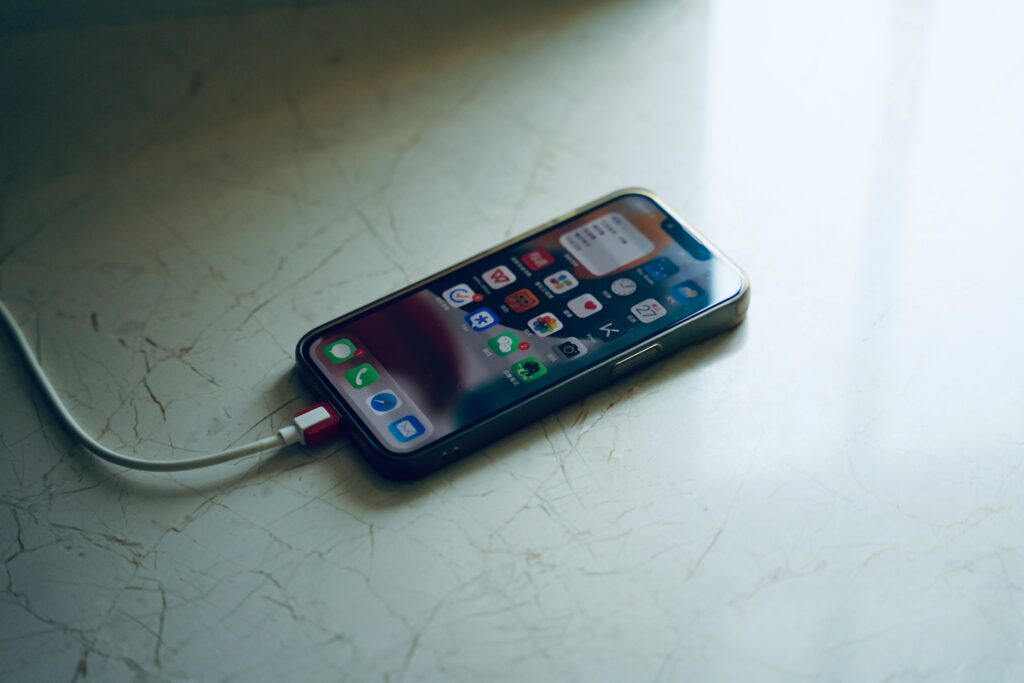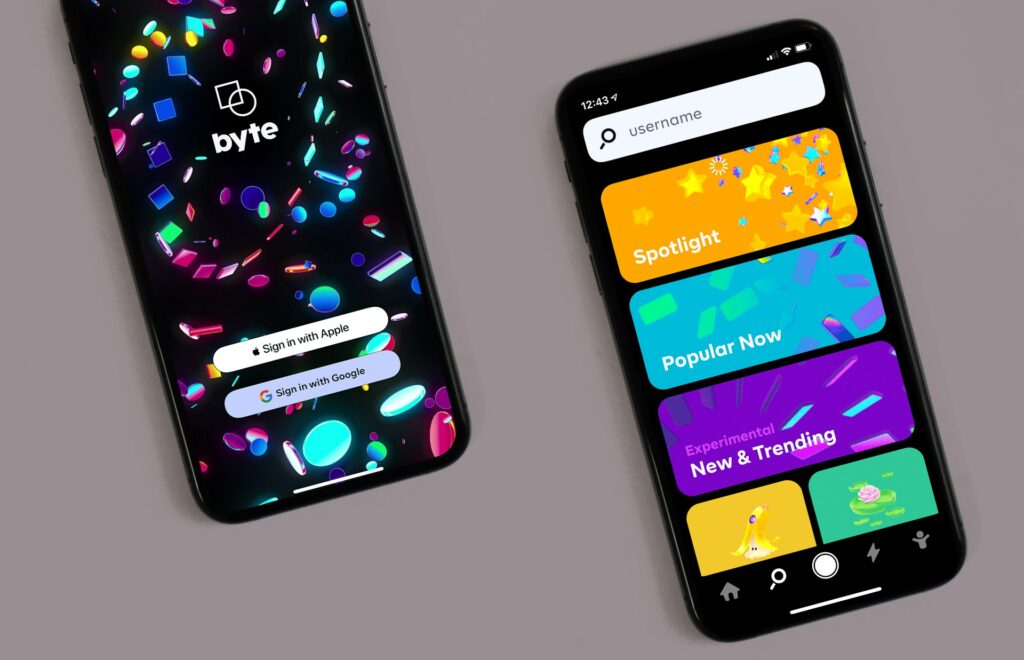The more devices and operating systems hit the market, the harder it gets to build mobile apps that feel the same across all platforms. You want your app to look and work just as well on Android as it does on iOS without bugs, layout issues, or lag. But achieving that kind of consistency can be tricky. Cross-platform development tools might promise smooth results, but the real challenge often shows up when the app lands in the hands of users.
Nearshore mobile app development teams tackle these hurdles all the time. Even when using solid tools and writing clean code, apps can run into trouble when moving from one platform to another. Different screen sizes, hardware setups, or operating system quirks can disrupt how your app performs. If users run into lag or misplaced elements, they will leave quickly. Handling these issues early and often is key to building apps that people stick with.
Understanding Cross-Platform Compatibility
Cross-platform compatibility means your app behaves the same across various operating systems like Android and iOS. It goes beyond just appearance. It includes how the app responds to touchscreen gestures, loading times, data syncing, and feature functionality using different APIs. If you find that a feature runs well on iOS but crashes on Android, that’s a compatibility issue. If your app looks great on a large Samsung phone but clips off buttons on a compact iPhone SE, that’s another red flag.
Users expect consistency. They shift between devices often—replying to messages on their iPhone, opening links on a work tablet, or checking updates on an Android phone. If your app can’t keep up, it’s likely to be replaced. Consistency gives users confidence and lowers frustration. If an app doesn’t behave predictably from device to device, users won’t hang around long.
Tools like Flutter and React Native help address this, but just using a tool isn’t enough. Developers must understand the subtle differences between platforms and plan around them. They need a strong process for testing on various devices. Otherwise, compatibility turns into a messy guessing game where users end up with a broken experience.
Common Compatibility Issues in Mobile Apps
Some compatibility problems show up all the time in mobile app development. It doesn’t matter if you’re using Flutter, .NET, or another framework—these problems often emerge when switching between platforms.
– UI layout inconsistencies: Fonts can look off between systems. Buttons may shift or overlap. What looks clean on a large tablet might feel crowded or broken on a smaller phone.
– Platform-specific bugs: Some APIs only work on one system. That means features like push notifications, camera access, or sensors may behave differently or fail depending on the OS.
– Performance gaps: Apps might run smoothly on Android but lag on older iPhones, or drain battery faster on one platform due to poor memory use or background activity.
– Gesture and navigation issues: Users get used to certain swipe patterns and button behavior. If one version of your app supports those and another doesn’t, it feels clunky.
– Data sync and storage hiccups: Background processing and permissions don’t always work the same between systems. This can lead to delays or failed updates during syncing.
Here’s a clear example. Imagine you’re creating a task app in Flutter. On Android, swipe-to-complete works great. But on iPhones, it doesn’t register the same way. This leads to user confusion and frustration. It’s not always a bug in the code. Sometimes it’s a feature that doesn’t translate well between platforms. For users, though, it just feels broken.
Fixing these issues means spotting risks early and building with the right awareness. Compatibility comes from smart planning, the right tools, and intentional testing.
Strategies To Fix Cross-Platform Compatibility Problems
You can avoid most compatibility issues with the right approach. They don’t disappear by accident. You need a strong plan, reliable tools, and thorough testing across every device you want to support.
1. Standardize your design system: Use shared design elements, style guides, and themes across all platforms. This lays down a consistent base, avoiding last-minute visual fixes.
2. Choose a cross-platform framework that fits long-term: Some tools are better suited for fast development, others for performance control. Pick one based on your needs and your team’s strengths.
3. Never skip native testing: Running tests only on simulators or a single device isn’t enough. Test on physical phones and tablets from Android and iOS. Include different screen sizes and OS versions in your test cycles.
4. Learn each platform’s quirks: iOS and Android handle things like permissions and notifications in their own way. If you ignore those differences, they’ll cause issues later on.
5. Design based on how users behave: Features might work the same on both sides, but if they feel different to the user, that’s a problem. Track habits and make sure workflows feel natural everywhere.
6. Keep the update cycle steady: Don’t let months pass between fixes. Release small updates often to adjust for changing OS updates, performance trends, or device rollouts.
Apps with fingerprints, facial unlocks, and background syncing require deeper testing. Take a budgeting app using fingerprint login. If that works fine on Android but fails when Apple releases a new firmware update, the problem likely isn’t with your framework. It’s the result of a missed edge case during testing. Spotting these early helps keep your release cycle smooth and your user base satisfied.
How Nearshore Teams Help Handle Compatibility Issues
Working with nearshore teams offers significant advantages when solving mobile app compatibility problems. These teams often operate in the same or nearby time zones, so communication is faster and problems are addressed quicker. That close timing reduces miscommunication and shortens development delays.
You’re not sending bug reports and waiting till the next day. You’re talking in real time, sharing screen captures, and reviewing updates as they happen. That cuts down the time it takes to identify and fix compatibility hiccups.
Nearshore teams often have access to many actual devices on site, instead of leaning heavily on emulators. Testing on real tablets and phones helps confirm that the app performs well across different hardware models and OS versions.
This also helps reduce launch delays. When your app needs a change or a patch after a round of testing, working in sync with a team in your time zone makes it easier to ship updates the same day.
It’s not just about speed. It’s about collaboration. Nearshore teams can be part of your day-to-day development cycle instead of feeling like an external unit. This hands-on, shared responsibility helps make the entire process smoother.
To see examples of apps that stayed on track thanks to this kind of collaboration, visit NetForemost’s portfolio at portfolio.netforemost.com. These real-world projects show what’s possible when technical knowledge pairs with real-time feedback loops.
Building Future-Ready Mobile Apps
Compatibility doesn’t stop being important when your app launches. Android, iOS, and the devices they run on keep advancing. What works perfectly today could break with next month’s OS update. That’s why a consistent update and monitoring plan matters.
Here are a few ways we make sure your apps keep running smoothly after launch:
– Test every time an OS update rolls out
– Watch crash reports closely from both platforms
– Look at performance on older and newer phones
– Keep a close eye on how fast screens load and respond
Let’s say your app includes a feature that syncs notes across phones and tablets. It works great at first. Then a new Android version hits, and suddenly syncing is delayed. Users notice, but they don’t always report it. If you’ve set up a regular round of performance checks, you’ll catch that issue before it becomes a major concern.
Building future-ready apps isn’t about adding every new feature out there. Sometimes, staying reliable means removing unnecessary features and putting more energy into updates, testing, and refining the experience. When your app holds up, users keep coming back.
To see what that looks like across different industries, check out what other businesses have done in our portfolio at portfolio.netforemost.com. These examples show how regular improvements and maintenance set great apps apart from the rest.
Seamless Apps Start With Smart Compatibility
Your users won’t always say it out loud, but they notice every odd layout, skipped animation, or laggy page load. Compatibility doesn’t just affect performance. It shapes how your app feels the first time someone opens it.
You only get a few seconds to make an impression. If your app doesn’t behave the same across platforms, users will move on. The key to earning their trust is building apps that work everywhere and always feel reliable.
That means solving problems before they hit production, setting up test coverage that mirrors real-world conditions, and making consistent updates based on feedback and system changes. It also means choosing the right team to help you make that happen.
Nearshore mobile app development gives you a real advantage. With direct feedback, broad testing support, and shared work hours, compatibility isn’t left up to chance. You get a process built for speed, quality, and user confidence.
When the experience feels right—on every device—users keep coming back. Compatibility is how you get there. NetForemost is how you make it happen.
Ready to tackle the challenge of creating a seamless app experience for every user? Discover how our expertise in nearshore mobile app development can help you build apps that work flawlessly across different devices and platforms. NetForemost makes it easy to take the guesswork out of compatibility so your app stands out for all the right reasons.






